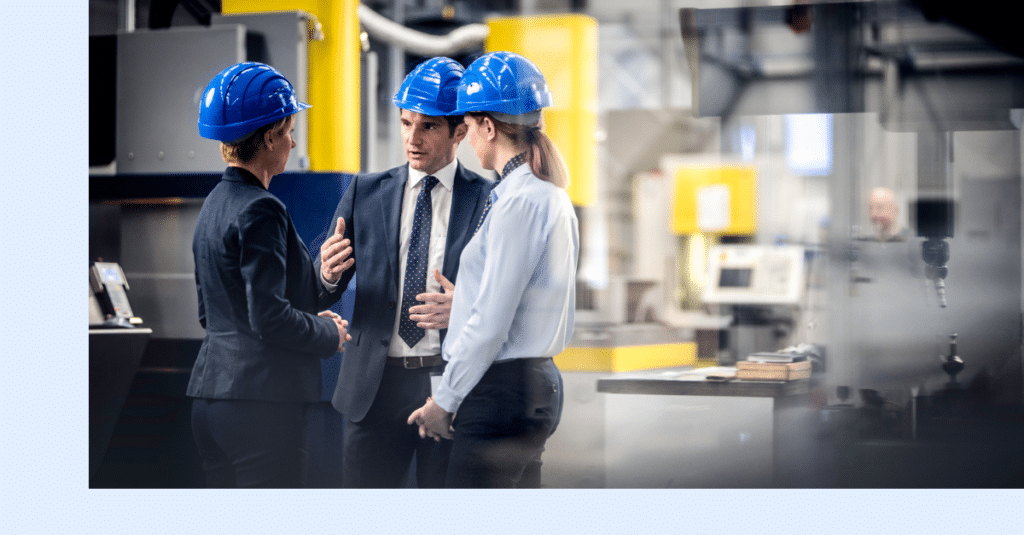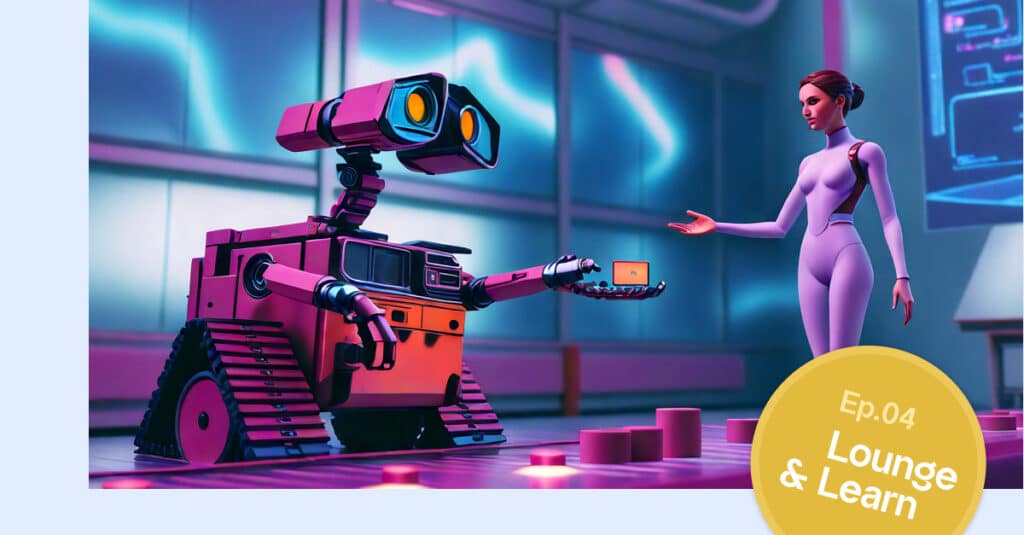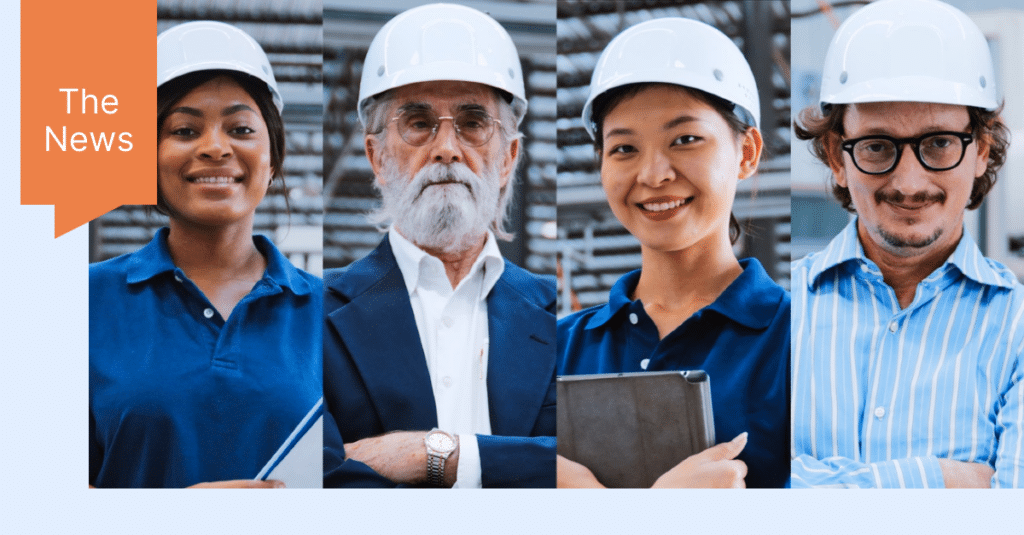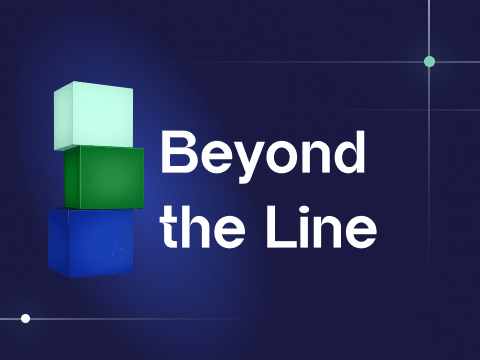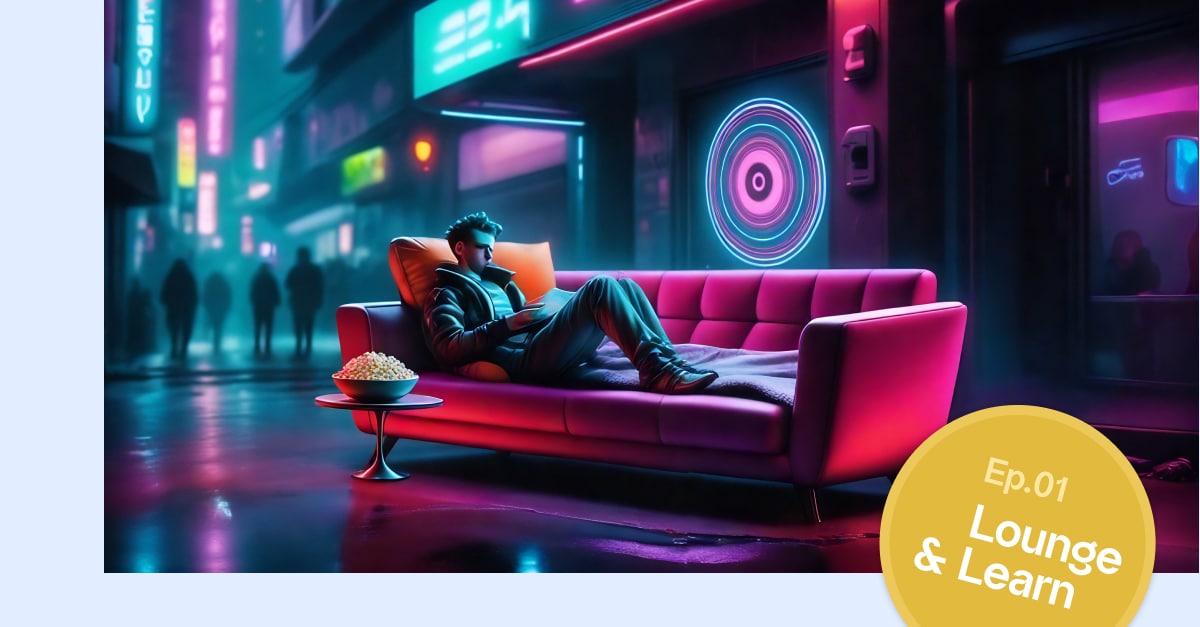
Why read those endless reports from McKinsey and their ilk when you can relax on the couch and watch AI-themed science fiction movies? As long as you don’t get distracted by all the cold and calculating robots, you can learn a lot about the why and how of applying AI to manufacturing. In this first edition of Lounge & Learn we dive into the light-giving insights of two iconic films: 2001, A Space Odyssey and Blade Runner.
2001, A Space Odyssey (1968): The Name Is Lucinating. HAL Lucinating.
“Put simply, nutjobs like HAL have no place in either outer space or the factory. These areas are too dangerous to have faulty information entering the loop.”
While AI and robots have been a central theme since the early days of cinema, this Stanley Kubrick masterpiece goes all-in to besmirch the reputation of all those law-abiding AIs out there. The film follows a voyage to Jupiter to explore a mysterious monolith floating in space. The astronaut researchers are accompanied by a very human-like AI called HAL 9000. And indeed, this HAL ends up going crazy like a coconut.
Keeping It Safe
HAL’s journey from trusted companion to system failure provides a critical lesson for Industry 4.0: the importance of transparent, reliable AI systems. In addition, the film’s famous line, “I’m sorry Dave, I’m afraid I can’t do that,” is a stark reminder to maintain human oversight in automated systems.
Similar to how bad Generative AI has a reputation for hallucinating when not backed by the proper information in the appropriate context, HAL ends up transforming into a nutjob due to poorly programmed software. And, put simply, nutjobs like HAL have no place in either outer space or the factory. These areas are too dangerous to have faulty information entering the loop.
Keeping It Clean
While foreboding, the film does harbor a more positive message for Industry 4.0: the film’s sleek and minimalist spaceship setting works to foreshadow the modern factory, where prescriptive maintenance ensures that machines are fixed before they explode and make everything messy with grease and ball-bearing shrapnel. Thank you, Stanley, for the vision! It gives us something to work for!
How Settling Into Your Couch Can Fast-Track Your Industry 4.0 Journey
For manufacturers, science fiction movies aren’t just escapist entertainment. From interactive machines to predictive technologies, many films offer a surprisingly accurate roadmap for digital transformation. So, buckle up! We’re about to take a wild ride.
Welcome to the series ‘Lounge & Learn’!
Read Part 2: ‘Where The Terminator Meets Production Metrics‘
Read Part 3: ‘Where Data Is The New Black And Robots Know Not To Slap‘
Read Part 4: ‘Where Wall-E And Scarlett Johansson Are Your Copilots‘
Blade Runner (1982): Embrace Disruption, It Might Accelerate Innovation
“The film’s central theme of distinguishing between humans and AI parallels the challenge of modern manufacturing: balancing automation with human expertise and oversight.”
While 2001: A Space Odyssey offers a shinily-designed future vision, Blade Runner offers a more noir, rainy, and dystopian one. The film is set in L.A. in 2018 – as viewed from 1982 when the film was made and based on a book from 1968 by Philip K Dick.
Blurring The Lines Between Human And Non-Human
The plot follows ex-dick Rick Deckard (Harrison Ford), who is forced out of retirement to track and kill four replicants who escaped from an off-world colony where they did all the dangerous grunt work no sane human would ever do (sound familiar?).
The replicants are superhuman in terms of both muscles and emotions, so the line between human and non-human is quickly blurred. Is Rick also a replicant? Are you?
The film’s central theme of distinguishing between humans and AI parallels the challenge of modern manufacturing: balancing automation with human expertise and oversight.
An Unexpected Innovation Around Every Corner
While dark, the film starbursts with vision – and futuristic advertising. The film depicts a world where brands such as Coca-Cola, Cuisinart, Budweiser, and Tsingtao have stood the test of time. And it’s interesting to note that these are all legacy brands that are not afraid to embrace technology to maintain quality and cater to consumer desires.
Upon its release, the film offered a complete roadmap for at least 25 deep-tech companies – depicting everything from smart homes to giant digital billboards. But what the film doesn’t get right – namely that video phones remained stationary and never went mobile – offers a more significant lesson: we can never predict how new tech will impact and disrupt existing tech. For instance, the mobile phone was impossible to imagine without wireless technologies. And without the co-maturation of both AI and IoT, Industry 4.0 would have never happened so soon.
Perhaps another tech – or unexpected event – is on the horizon we should monitor and prepare for? Probably. That’s why it’s essential to ‘Always be prepared – and then be prepared to pivot immediately.’
Stay tuned for more from the ‘Lounge & Learn’ series! Or reach out to learn more about getting the future in-house today.

